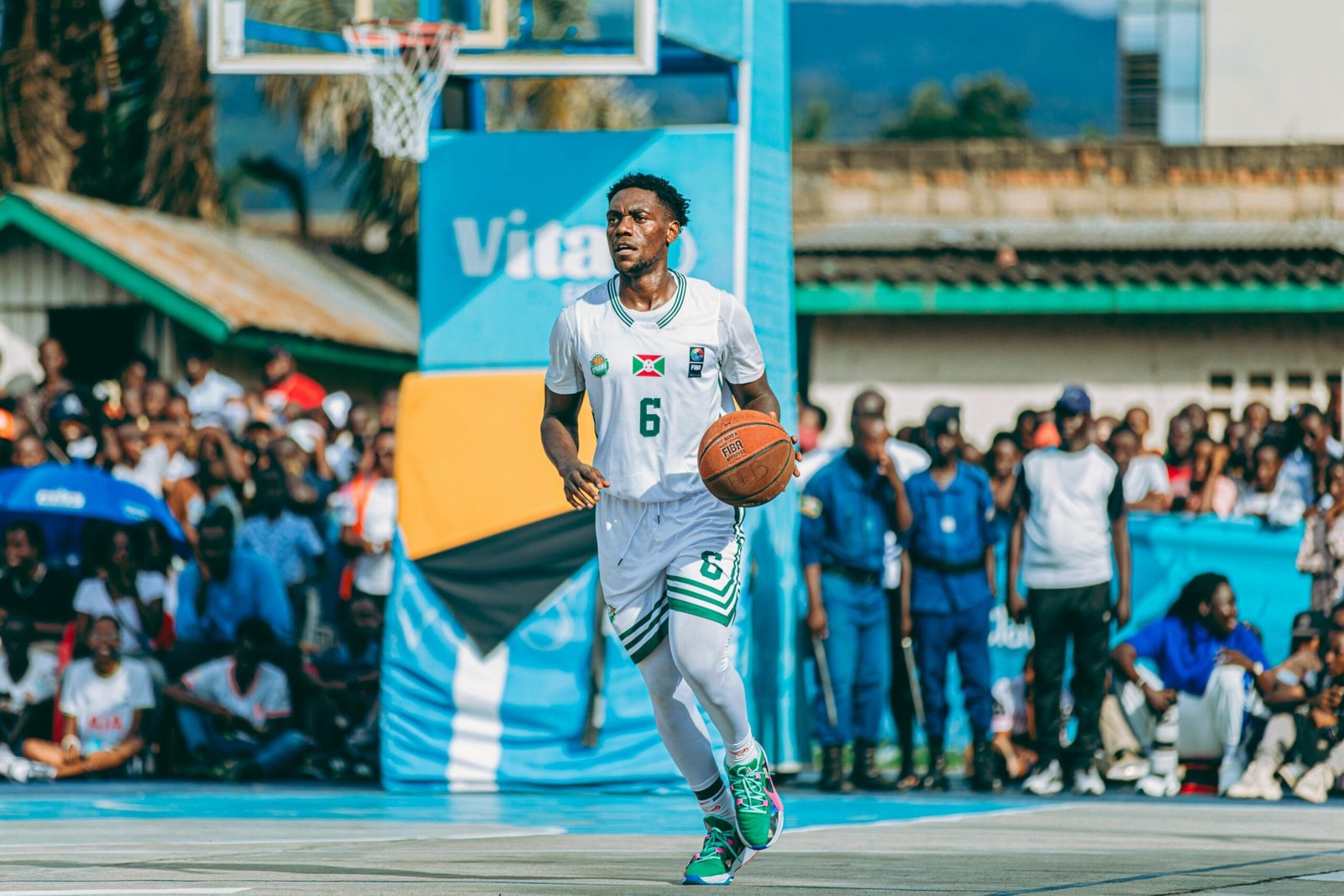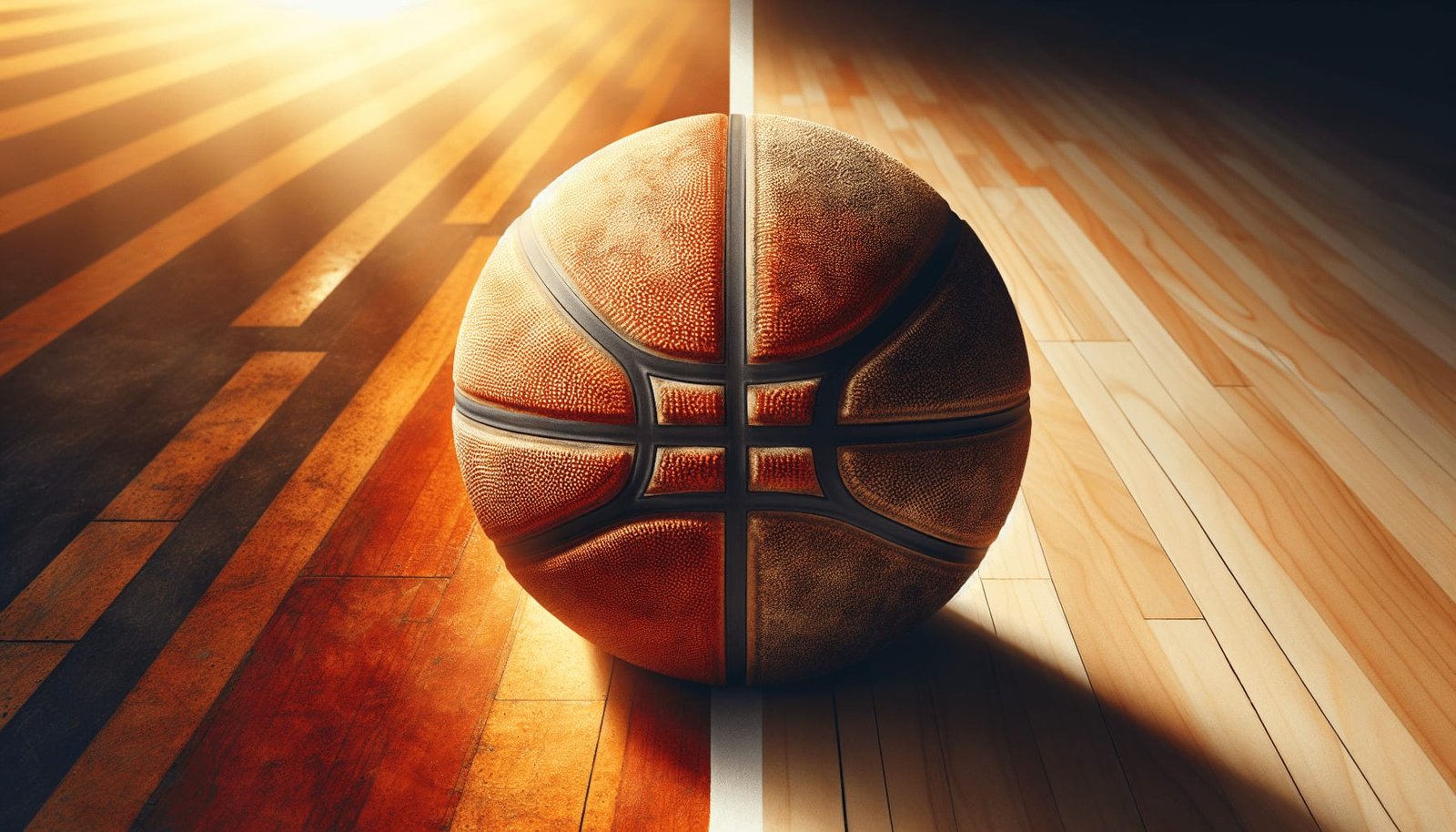Have you ever wondered if the basketball you choose can affect your game depending on the weather conditions? It’s a question that might not cross your mind until you notice your performance fluctuating inexplicably, or you find yourself playing in conditions that test the limits of your equipment. Understanding how different basketballs can be better suited to specific weather environments can actually enhance your game and prolong the life of your ball.

Understanding Basketball Materials
When selecting a basketball, the first thing you need to consider is the material from which it is made. This is pivotal because the material determines how well the ball performs in different weather conditions. Most basketballs are typically made from three main materials: leather, composite leather, and rubber. Each has its advantages and ideal playing conditions.
Leather Basketballs
Leather is often viewed as the premium material for basketballs, offering a superior feel and better grip once it is broken in. However, leather basketballs are best suited for indoor play. This is because exposure to outdoor elements, such as moisture and changing temperatures, can easily damage the leather. Nevertheless, if your primary playing environment is a well-maintained indoor court, a leather basketball can be a fantastic choice.
Composite Leather Basketballs
Composite leather basketballs are a versatile option, designed to mimic the feel of genuine leather while offering greater durability. These basketballs perform well in both indoor and outdoor settings, making them a popular choice for those who play in varying conditions. Composite leather holds up better against moisture than genuine leather, although frequent exposure to harsh weather can affect its longevity.
Rubber Basketballs
For those who primarily play outdoors, rubber basketballs offer the best durability. They withstand rough outdoor surfaces and variable weather conditions without significant wear and tear. While they might not offer the same premium feel as leather or composite basketballs, their resilience and affordability make them ideal for recreational outdoor play.
Weather Conditions and Their Impact on Basketballs
Understanding how different weather conditions affect basketballs can help you choose the right one for your playing environment and style. Let’s explore how various elements like humidity, temperature, and rain can impact your game.
Humidity
High humidity can make a basketball feel slippery and difficult to grip. This is more pronounced in leather basketballs, as moisture can penetrate the surface, leading to longer drying times and potential damage. Composite and rubber basketballs tend to repel water more efficiently, making them better suited for humid environments. Ensuring good ball handling and control during humid conditions often comes down to selecting the right material.
Temperature
Extreme temperatures, whether hot or cold, can significantly alter a basketball’s performance. In hot weather, the ball may become overinflated due to the expansion of air inside, leading to unpredictable bounces and a less controlled feel. Conversely, in cold weather, the air inside the ball contracts, which can make the ball feel underinflated and less responsive. Composite and rubber basketballs are more adaptable to temperature changes compared to leather basketballs and are thus more suitable for outdoor play.
Rain and Wet Conditions
While it’s best to avoid playing in rainy or wet conditions, sometimes it is unavoidable, especially for outdoor enthusiasts. In such scenarios, rubber basketballs are the standout choice. They are designed to handle wet surfaces with greater ease, providing consistent grip and bounce. Leather basketballs, in contrast, should never be used in wet conditions, as the moisture can quickly degrade the material.
Choosing the Right Basketball for Your Court Surface
Not only does weather play a role, but the type of court surface also impacts your choice of basketball. You might find yourself playing on hardwood, asphalt, or concrete surfaces, each necessitating specific ball characteristics for optimal performance.
Indoor Hardwood Floors
If your games are primarily indoors on hardwood floors, leather basketballs provide the best handling and have a long lifespan if well-maintained. Composite balls also perform well indoors, offering great feel and durability without the long break-in period of genuine leather.
Outdoor Concrete or Asphalt Courts
When playing on rough outdoor surfaces, rubber basketballs are the most practical choice. They can withstand the abrasiveness of concrete and asphalt without losing their shape or performance. Composite leather basketballs can also be used outdoors, offering a good balance between performance and durability.
Maintenance Tips for Different Basketballs
As well as selecting the right basketball for your playing conditions, proper maintenance is crucial for preserving the ball’s performance and longevity. Each material type requires different care:
Leather Basketballs
- Store indoors in a cool, dry area.
- Clean with a dry cloth regularly.
- Apply leather conditioner occasionally to prevent drying and cracking.
Composite Leather Basketballs
- Wipe down with a damp cloth after playing.
- Store in a cool, dry place away from direct sunlight.
Rubber Basketballs
- Use a damp cloth to remove dirt and debris.
- Store in a clean, shaded area to prevent the rubber from degrading.

Tips for Playing in Different Weather Conditions
Arming yourself with appropriate strategies can greatly supplement the advantages gained from choosing the right basketball.
Playing in Hot Weather
- Keep your basketball in the shade when not in use to prevent overinflation.
- Stay hydrated to maintain your on-court energy and focus.
- Opt for breaks every few minutes to let the ball’s air pressure stabilize.
Playing in Cold Weather
- Inflate your basketball to slightly higher pressure before the game to counteract the cold’s effect.
- Warm up your hands thoroughly to improve grip and ball control.
Playing in Humid or Wet Conditions
- Regularly dry the ball and your hands with a towel to maintain grip.
- Adjust your ball-handling techniques, focusing on stronger and more deliberate moves.
The Future of Weather-Designed Basketballs
Advancements in basketball technology continue to evolve, with manufacturers experimenting with innovative materials and designs specifically targeting weather adaptability. This means you might soon have even more choices tailored to specific playing conditions.
Innovative Technologies
Some companies are developing materials that promise improved performance in wet conditions or temperature fluctuations, making the prospect of a “universal” basketball more feasible. These innovations could offer significant enhancements over existing composite options.
Environmental Considerations
As awareness around environmental issues grows, there is potential for more sustainable basketball production. This involves using eco-friendly materials and processes without compromising on performance or durability.

Conclusion
Choosing the right basketball for specific weather conditions is crucial for both performance and longevity. By understanding how different materials respond to various weather elements, you can make informed decisions that enhance your playing experience. Whether you’re playing indoors or outdoors, in the heat, cold, or rain, selecting the right basketball will give you a competitive edge and ensure you’re getting the most out of your game. So next time you head to the court, consider the conditions and make a choice that complements both you and the environment.

